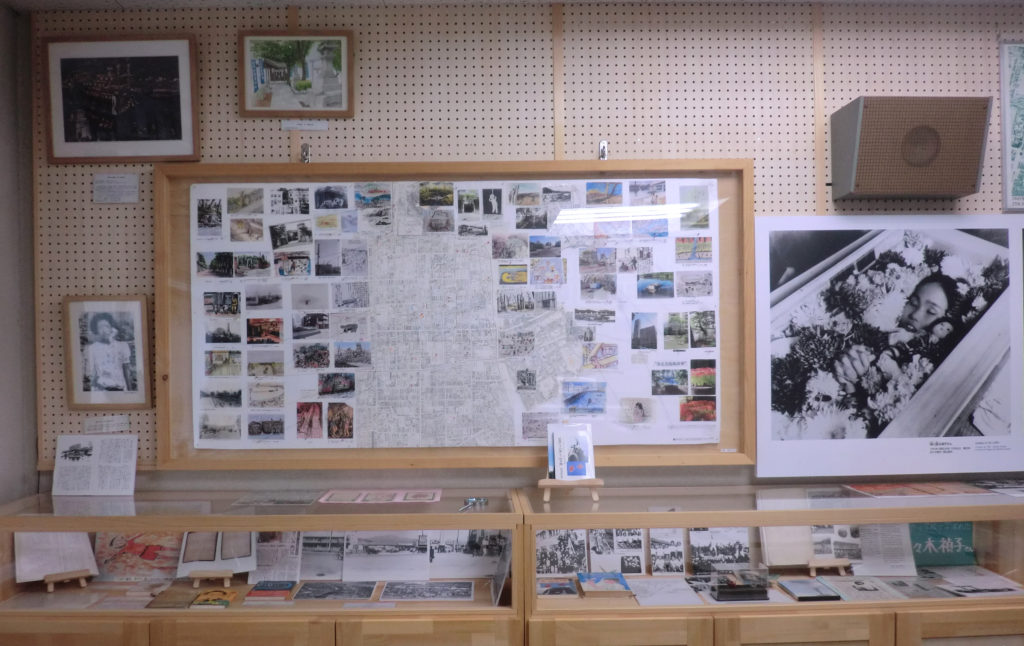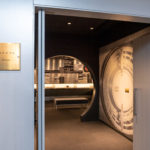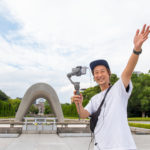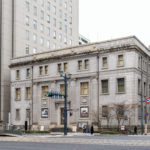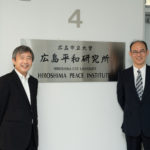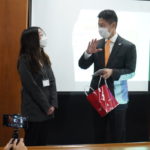The Reconstruction of Shukkeien Garden and Hiroshima
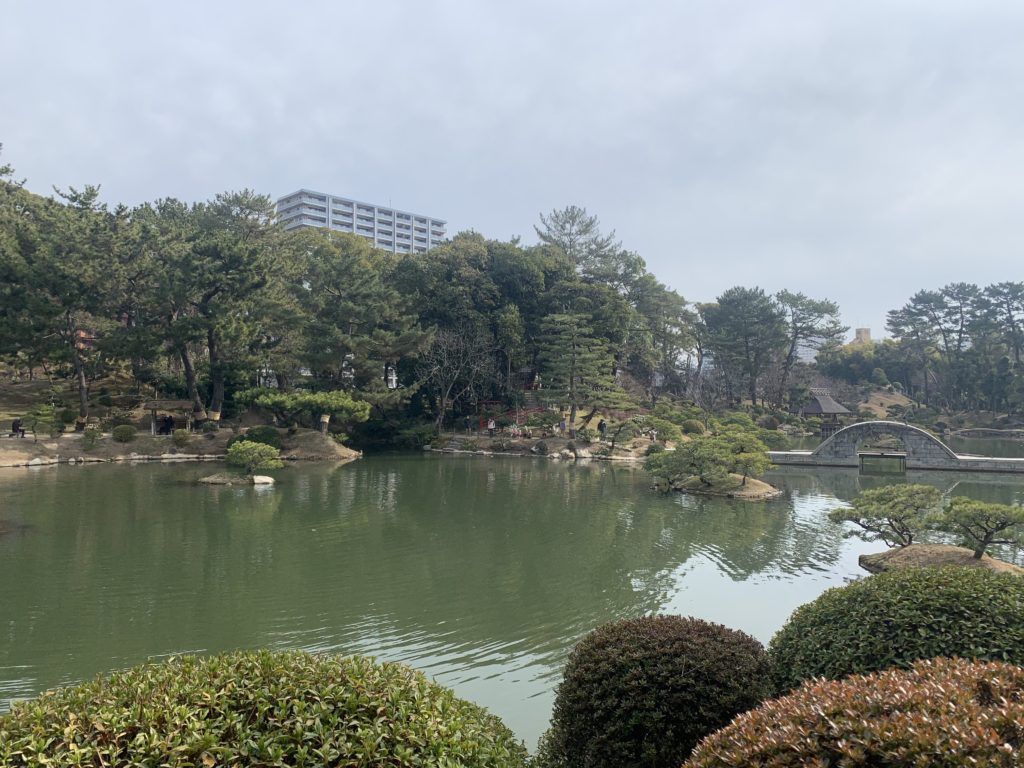
Shukkeien Garden was built by the lord of Hiroshima, ASANO Nagaakira, in 1620 during the early Edo period (1603-1868). It has remained in the center of Hiroshima City for 400 years, serving as a place where the locals can relax. Let us hear the thoughts of Mr. OKABE Kikuo (the chairman of Kaminobori-cho Town and advisor to the Peace Room of Hiroshima City Noboricho Elementary School) regarding his thoughts about the transition and progress of the postwar reconstruction.

I was born in 1948. My home was located in just behind Shukkeien Garden. This was during the first baby boom (1947-1949), and many of my classmates lived in the same neighborhood. We’d often go to the garden to catch eels, build secret bases, and play like the place was our own. During the Inoko Festival*, a test of courage would be held. It involved participants going around Shukkeien Garden. At that time, I didn’t know much about the devastation left by the atomic bomb. If I knew, I would have been too scared to explore the area.
I’m also a second-generation atomic bomb victim. My grandmother would tell me a lot of stories about the bomb. This made me think I knew a lot about the damage it caused and how life was until then. However, I realized I was wrong after looking up the old maps and materials about life before the war and after the bomb.
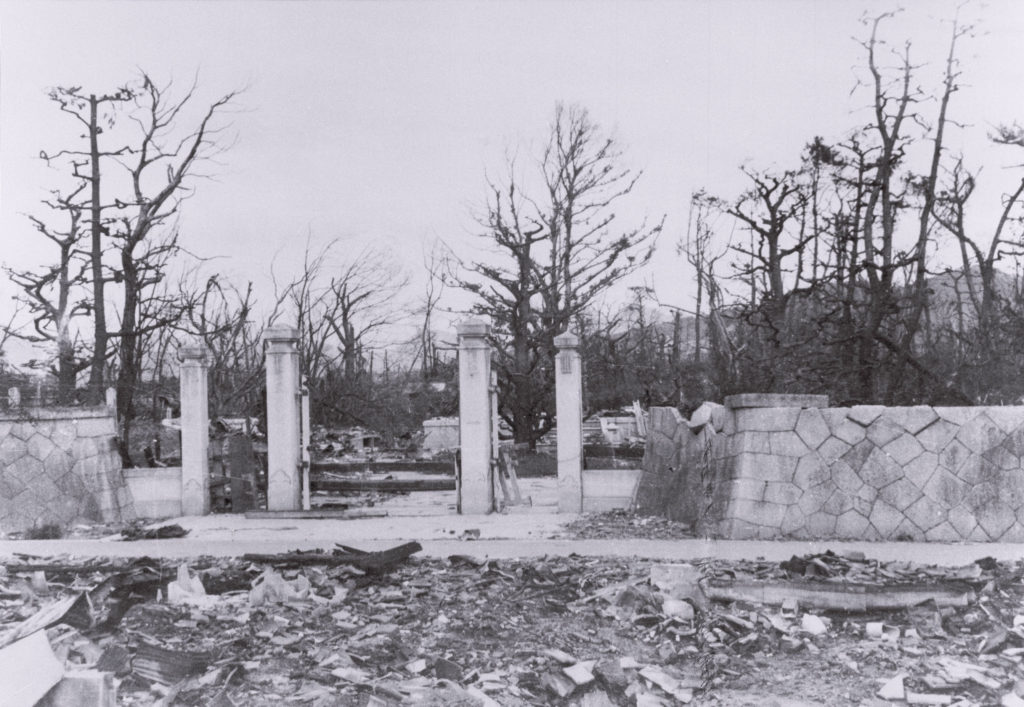
The front gate of Shukkeien Garden after the 1945 bombing. Photographed from outside the garden. (Photo by KAWAMOTO Toshio, courtesy of KAWAMOTO Yoshio )
During the war, Shukkeien was an evacuation site for the community, and there had been no damage at Shukkeien from air raids until the atomic bomb was dropped. There were so many immigrants from Hiroshima to the U.S. that people at the time mistakenly thought that there would be no air raids. On the day of August 6, many people were working to evacuate buildings in Hiroshima.
After the atomic bomb was dropped, the people suffering from the disaster gathered at Shukkeien in search of water. However, the trees in Shukkeien were burned down and buildings were completely destroyed, and thousands of people lost their lives in and around the garden. People said the place was like hell.

Mr. Okabe as a child along with his neighbors and siblings with Shukkeien Garden in the background (1956)
Reconstruction efforts began in 1949 after the war. Barracks were lined up inside Shukkeien Garden, with people living there mainly responsible for maintaining the garden. Camphor trees were planted since they grew fast. The garden reopened in 1951 and was crowded with visitors. Many took pictures and went on excursions around the garden. It was a popular spot for dates and cherry blossom viewing for Hiroshima’s citizens.
The archives at Noboricho Elementary School. It is open to the public, but as of June 2021, it is closed due to preventive measures against COVID-19 infection. Feel free to reach out to us and ask about when we plan to reopen this facility. Contact: 082-221-3013 (Noboricho Elementary School)
Shukkeien Garden celebrated its 400th anniversary in 2020. I became the advisor to the Peace Room, which was established at Noboricho Elementary School in 2018. This was after I donated a panel summarizing the history of Noboricho and Shukkeien garden to the said school. It’s currently being exhibited there, showing my independent research on the school’s history, the atomic bomb, and the reconstruction efforts. Rather than passive peace education, we aim to teach children to learn through their own initiative and pass down their knowledge to their juniors. We want them to absorb the lessons as their own by having them learn from and teach each other. Volunteer guides from Shukkeien Garden and Hiroshima Peace Memorial Park also visit the Noboricho Elementary School Peace Room to share the knowledge it has to offer.
Shukkeien Garden may be the only place left where one can experience the gentle prewar atmosphere of Hiroshima. Please come visit us here and have a good time. I hope you can feel the strength of Hiroshima, which recovered even after losing everything in the bombing.
※Refers to Kojien
Inoko Festival (the Young Boar Festival) is an annual event held in western Japan on the Day of the Boar in October of the lunar calendar (early November). A kind of harvest festival, the event was believed to be the day when the god of the rice field is leaving. Children attach several ropes (or a bundle of tightly packed ropes) to stones and use them to pound the ground while singing a song and moving around.
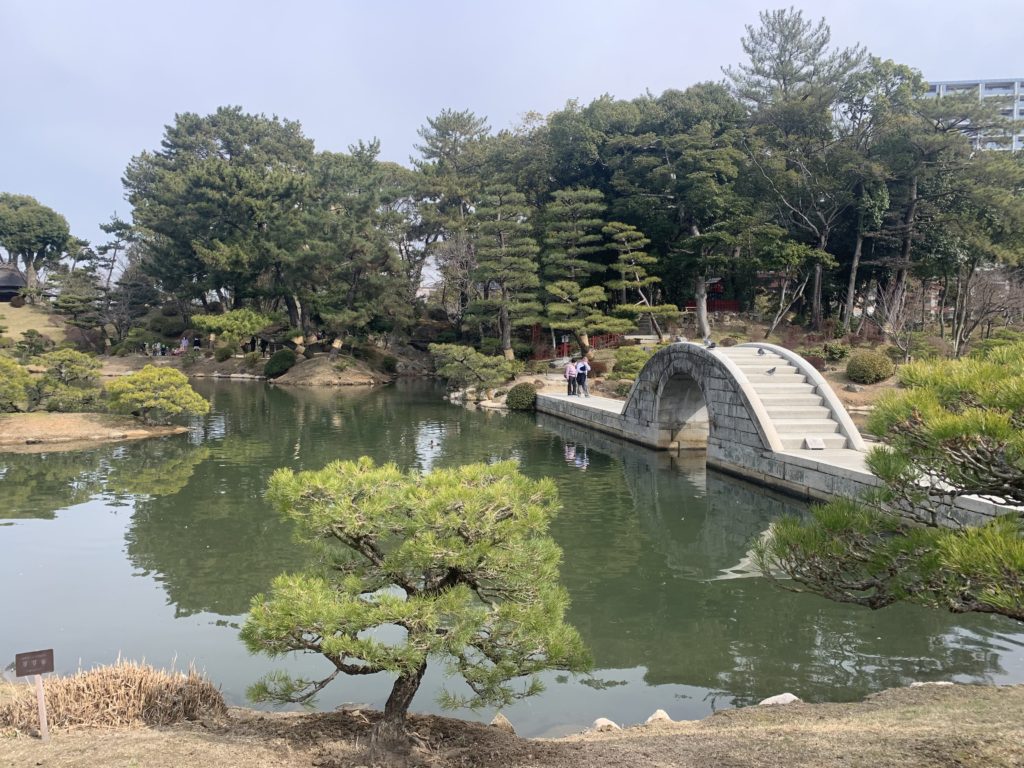
Scenic Spot: Shukkeien Garden
Phone Number: +81 (0) 82-221-3620
Address: 2-11 Kaminobori-cho , Naka-ku, Hiroshima City
Hours: 9:00~18:00 (~17:00 during 10/1~3/31) ※Entry is until 30 mins before closing.
Entry Fee: Adults 260 JPY, High School/College 150JPY, Grade/Middle School 100 JPY
Holidays: 12/29~12/31
Homepage: Home | Shukkeien (shukkeien.jp)
Peace Education
Think about peace from atomic bombed buildings and trees (Kamiyacho/Hondori Areas)
Features the bombed buildings and trees in the center of Hiroshima City, including Shukkeien
Think about peace from atomic bombed buildings and trees (Kamiyacho/Hondori Areas)
Tags associated with this article



